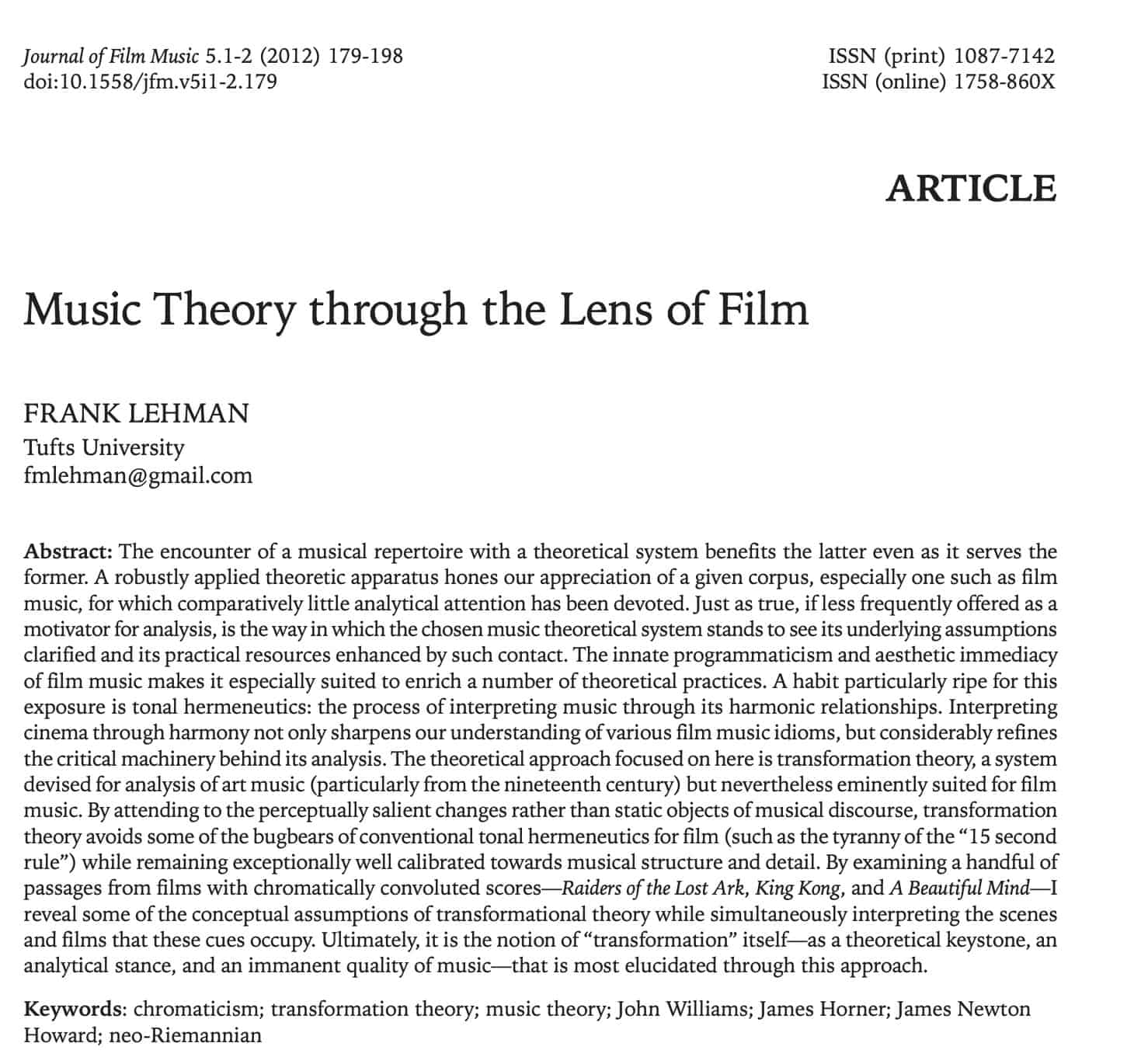Origin X – Sample Controls Tutorial
ORIGIN X (Affiliate Link) is a dynamic loop and effects engine accompanied by a world-class loop library — perfect for all styles of music production.
ORIGIN X (Affiliate Link) seamlessly fuses together all things cinematic, synth, industrial, trap, house, ambient, EDM, soul, funk, techno, breakbeat, and much more into a powerhouse loop engine guaranteed to take your productions to new heights. Over two thousand loops and presets are paired up with an audio engine that defies definition.

Pricing and Availability
Get ORIGIN X (Affiliate Link) now at 50% off for a limited time only, hurry and save! For only $149 (normally $299), get the newly released ORIGIN X (Affiliate Link) (Affiliate Link), a modern loop engine from Artistry Audio!











